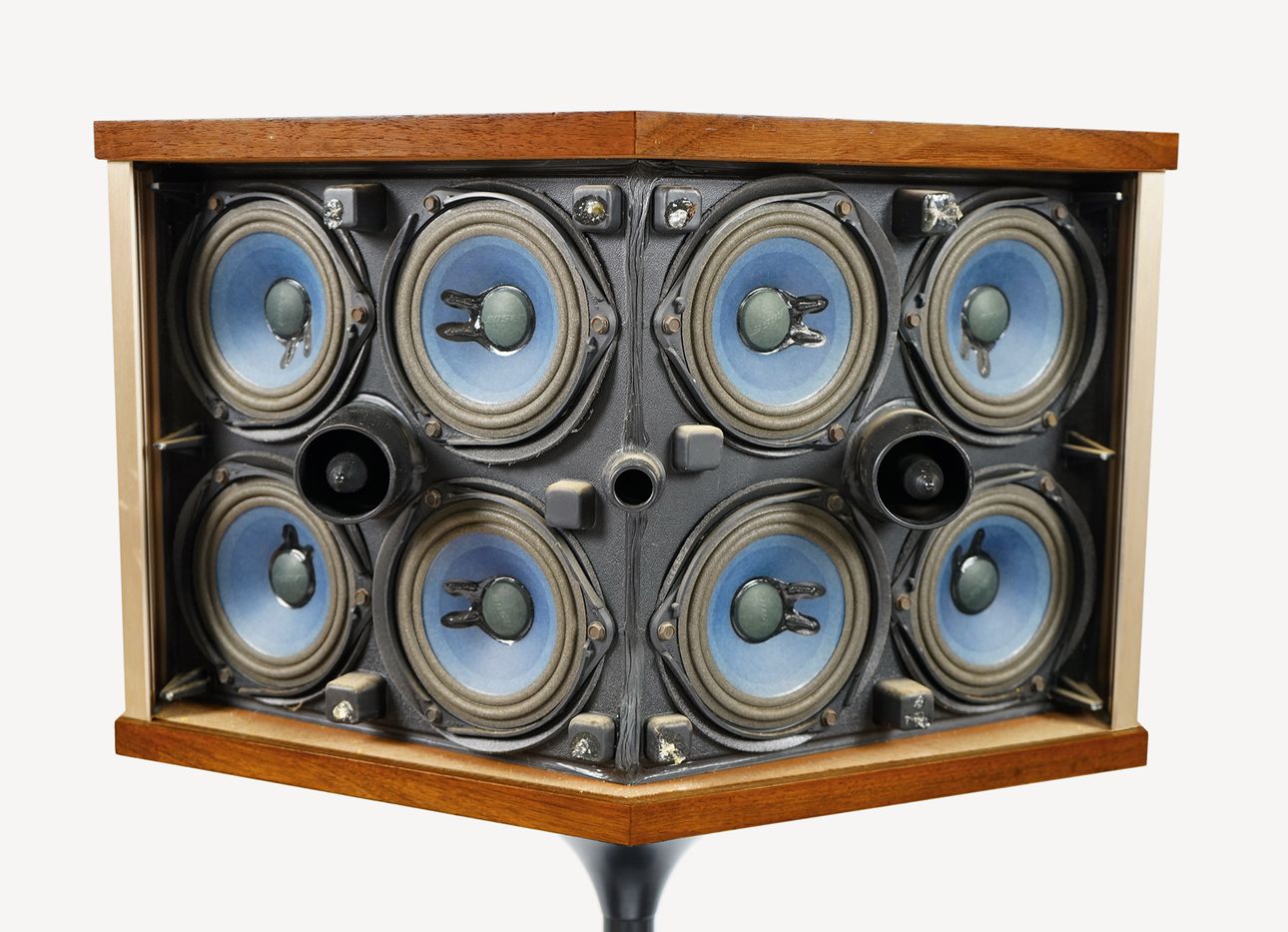
Hi-Fi Audio Design: An Expert’s Exceptional Primer
Gideon Schwartz, owner of the New York City high-end audio emporium Audio Arts and author of the new book Hi-Fi: The History of High-End Audio Design (Phaidon), tells us about finding a second career in his lifelong passion, and how to choose the best gear.
“Before opening Audio Arts, I’d been practicing as an attorney for a while, and I got tired of that gig. I’d been overthinking my entire life—that’s what you do as an attorney: you’re analyzing and always in your [own] head. The beauty of audio was that it freed me from all that.
When I was a kid, the Sony Walkman was all the rage—maybe a lot of people right now don’t know what that is, but it was a portable cassette player that came out in the late seventies. It was very popular, and one night, my dad came home not with a Sony Walkman, but a version by Aiwa, which at the time was a higher-end device. I remember opening the box—there was something very distinct about how it looked, how it felt; its whole design had a pleasing tactile element to it. Listening to my music on it—in those days, that would have been bands like The Cure or Clan of Xymox—sounded fabulous. I have very clear recollections as a child, just going to bed and putting those headphones on, and disappearing into music.
In terms of what defines a hi-fi system, I think of the Supreme Court, when [it was] asked to define pornography. As they said, they know it when they see it. And it’s basically the same thing here. I mean, there are a few parameters, and it’s not so simplistic. I look at a number of factors: the history of the company, who’s behind it. One thing I’ve discovered with a lot of the brands I carry (and even brands I don’t) is that the good products out there are from well-rounded engineers who wear two hats: the science hat and the music-appreciation hat.
To someone shopping around for a hi-fi system, the first and paramount rule is: Stay away from the internet. Don’t read any online reviews, or if you do, don’t take them too seriously. Don’t rely on what other people say or think—and don’t buy into any of the marketing. You need to get into a dealer. Focus on the experience of going into a dealership and listening to a system. Either you get goosebumps, or you don’t—and if you get goosebumps: Buy! It’s that simple. You need to have that actual experience of listening to the product, feeling it, and then buying it. As opposed to, you know, just relying too much on the internet, because that’s not really going to tell you how you’re going to feel.
I opened Audio Arts about ten years ago. For all those unhappy lawyers, let this be evidence that there is life after law. One of the most satisfying things is having someone who has never experienced a hi-fi system come into the showroom and see them respond to the music, intensely and emotionally, actively listening—putting their phones away, not texting, and just getting lost in the musical message. That, for me, is everything. You can just sit in front of a system and go back sixty years. It’s like a time machine.”